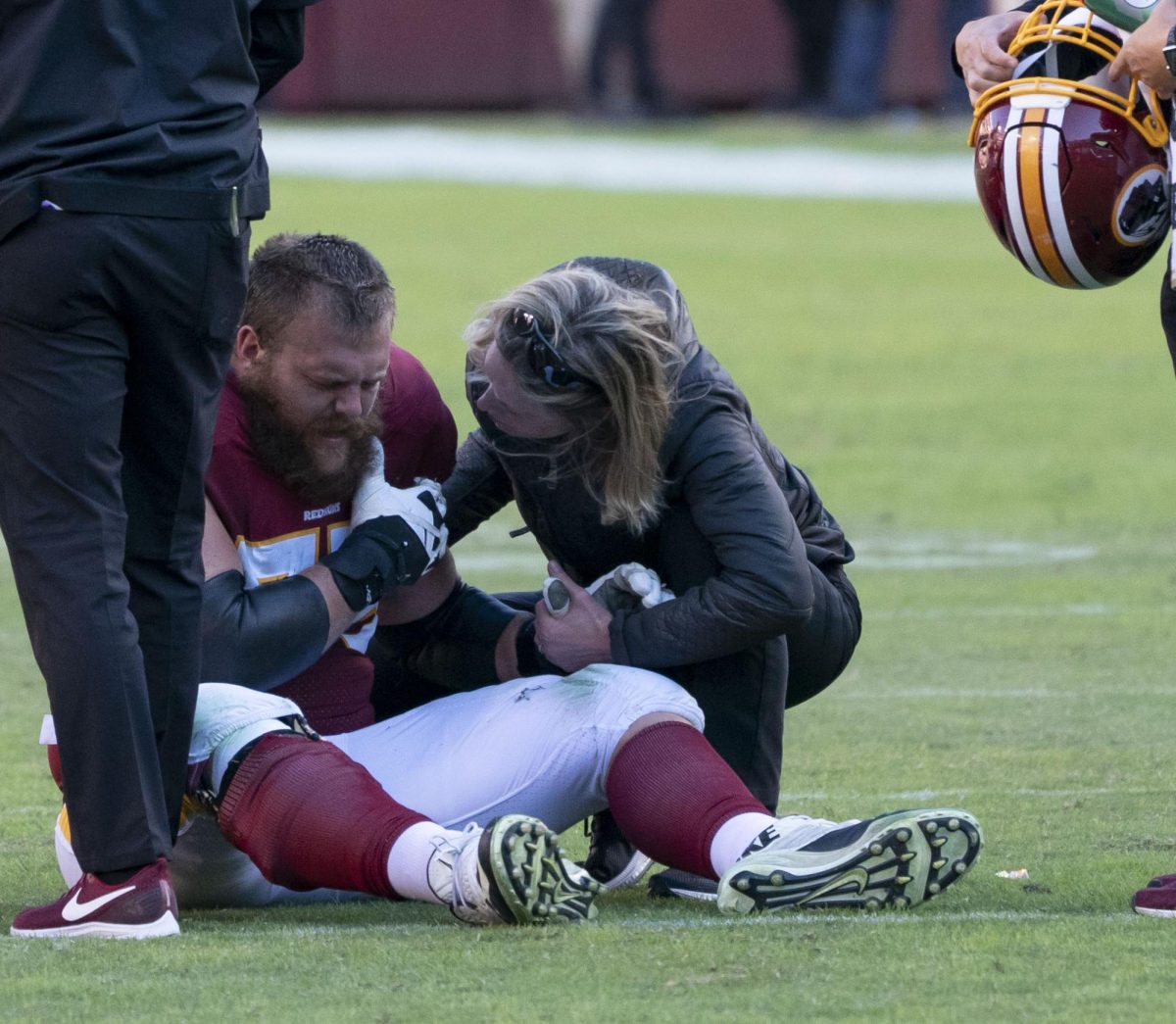Injuries in the National Football League (NFL) have always been a prevalent issue. Achilles tears, ACL issues, neck injuries, and many more are all huge risks that players take every time they step on the gridiron. None of these injuries; however, come close to the severity of concussions. Potentially life changing injuries that happen weekly when playing football, and the NFL has made many new rules attempting to reduce injury. But the National Football League Players Association (NFLPA), fans, and players remain frustrated as the NFL refuses to make one change that could reduce head and other injuries: changing turf fields to natural grass.
While turf fields are much cheaper and easier to maintain, they are much more abrasive than grass fields, and therefore the player’s bodies absorb the impact of running, jumping, landing, and diving on the field. This means more non-contact injuries occur on turf fields. This, paired with the fact that many turf fields are installed with a layer of concrete right under them, make for much more injuries on turf fields in the NFL.
Metlife Stadium is home to the New York Giants, and the New York Jets. However, it is also home to the consensus worst playing field in the NFL. With Jets quarterback Aaron Rodgers going down with an Achilles tear, according to Pro Football Network, Rodgers became the 14th player to suffer a season ending Achilles or ACL injury at Metlife.
Turf fields aren’t an issue exclusive to the NFL. According to the National Center for Health Research(NCHR), a study published in 2007 looked at 2,020 female soccer players from over 100 teams over the course of a season and found that ankle injuries were most common on artificial turf rather than grass. Sprained ankles were the most common injury, occurring at a rate of 1.5 injuries per 1000 hours of play time on artificial turf compared to 0.8 injuries per 1000 hours on natural grass.
As many already know, the Meridian campus does feature a synthetic turf field. Sports Medicine teacher, Vicki Galliher, or Coach G, commented on the debate between turf and grass, and in her experiences, she preferred grass over turf.
“Lower risk of heat illness on natural grass compared to the extremely high surface temperatures that can occur on synthetic turf fields, and much lower incidence of skin abrasions/turf burns,” she said. “The force impact experienced by football players when their helmets hit the playing surface tends to be less severe[on grass].”
Ironically, the NFL plans to switch out the synthetic turf for natural grass when the World Cup comes to the US, but will switch back to turf once the NFL season begins. So will the NFL finally listen to the NFLPA and change their fields for the better? Only time will tell.







